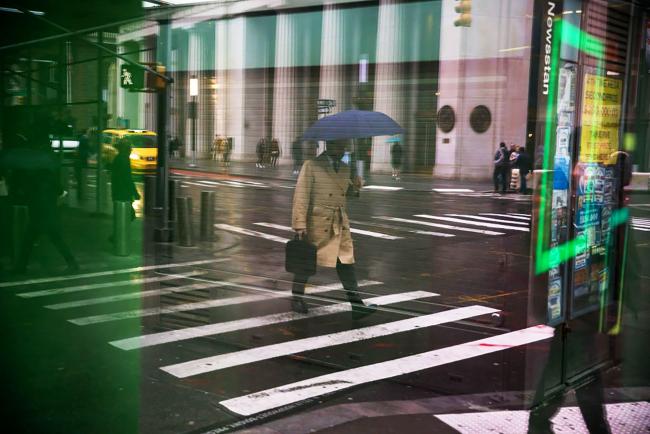This post was originally published on this site
https://i-invdn-com.akamaized.net/content/pic05b22b9befa94b895b99a550ff219d8e.jpg
(Bloomberg) —
U.S. stocks rebounded from the biggest rout since 1987 after the Federal Reserve reintroduced additional crisis-era tools to stabilize financial markets roiled by the coronavirus. Treasuries slipped and stresses appeared in the short-term funding and front-edit credit markets.
Investors continue to struggle to adjust to an unprecedented upheaval in social interactions that looks set to plunge the world into recession. The S&P 500’s gain topped 5%, while the notched a 4% gain.
Treasuries declined, reversing part of a nearly 25 basis-point surge on Monday. The three-month dollar Libor rate jumped the most since 2008, and similar maturity cross currency basis swaps for euro-dollar, a proxy for how expensive it is to get the greenback, traded at the widest since 2011.
“What a crazy day, people just don’t know what to do,” said Matt Maley, equity strategist at Miller Tabak & Co. “There’s confusion. People don’t have a good idea about the future fundamentals. Right now because of the coronavirus we have no idea.”
With the coronavirus grinding the global economy toward a standstill and central banks central banks dramatically stepping up efforts to stabilize capital markets and liquidity, traders are now clamoring for fiscal stimulus, particularly in the U.S. The Trump administration asked Congress for $850 billion to combat the virus’s effects, a third attempt to juice government spending.
Data showed U.S. retail sales fell in February, indicating the main driver of the economy, consumer spending, had begun to slow even before outbreak containment measures began. Companies began to scramble for cash, with Kraft Heinz (NASDAQ:), Caesars and MGM drawing down credit lines.
In the latest attempts to stem the spread of the virus, Hong Kong was set to issue its second-highest travel alert for residents and extend quarantine measures for people coming from abroad. The Philippines became the first country to shut its financial markets, though it aims to reopen Thursday. The U.K. advised against traveling for 30 days.
“A bear market does not preclude rallies,” said Eleanor Creagh, market strategist at Saxo Capital Markets. “The biggest rallies can be in bear markets — erratic swings are exacerbated by the present high-volatility regime and strained liquidity conditions. With remaining significantly above the long-term equilibrium, alarm bells are still sounding and traders should be wary of relief rallies.”
While Congress is still working on a package, New Zealand announced a NZ$12.1 billion ($7.3 billion) plan and Australia’s government is preparing to scale up just days after announcing a A$17.6 billion ($10.7 billion) initiative.
Elsewhere, Australian stocks posted their biggest jump since 1997 while benchmarks in Hong Kong and China saw more muted moves. The yuan weakened, with economists starting to forecast a contraction in China’s economy for the current quarter. Emerging-market shares fell and oil fluctuated.
These are the main moves in major assets:
Fusion Media or anyone involved with Fusion Media will not accept any liability for loss or damage as a result of reliance on the information including data, quotes, charts and buy/sell signals contained within this website. Please be fully informed regarding the risks and costs associated with trading the financial markets, it is one of the riskiest investment forms possible.

